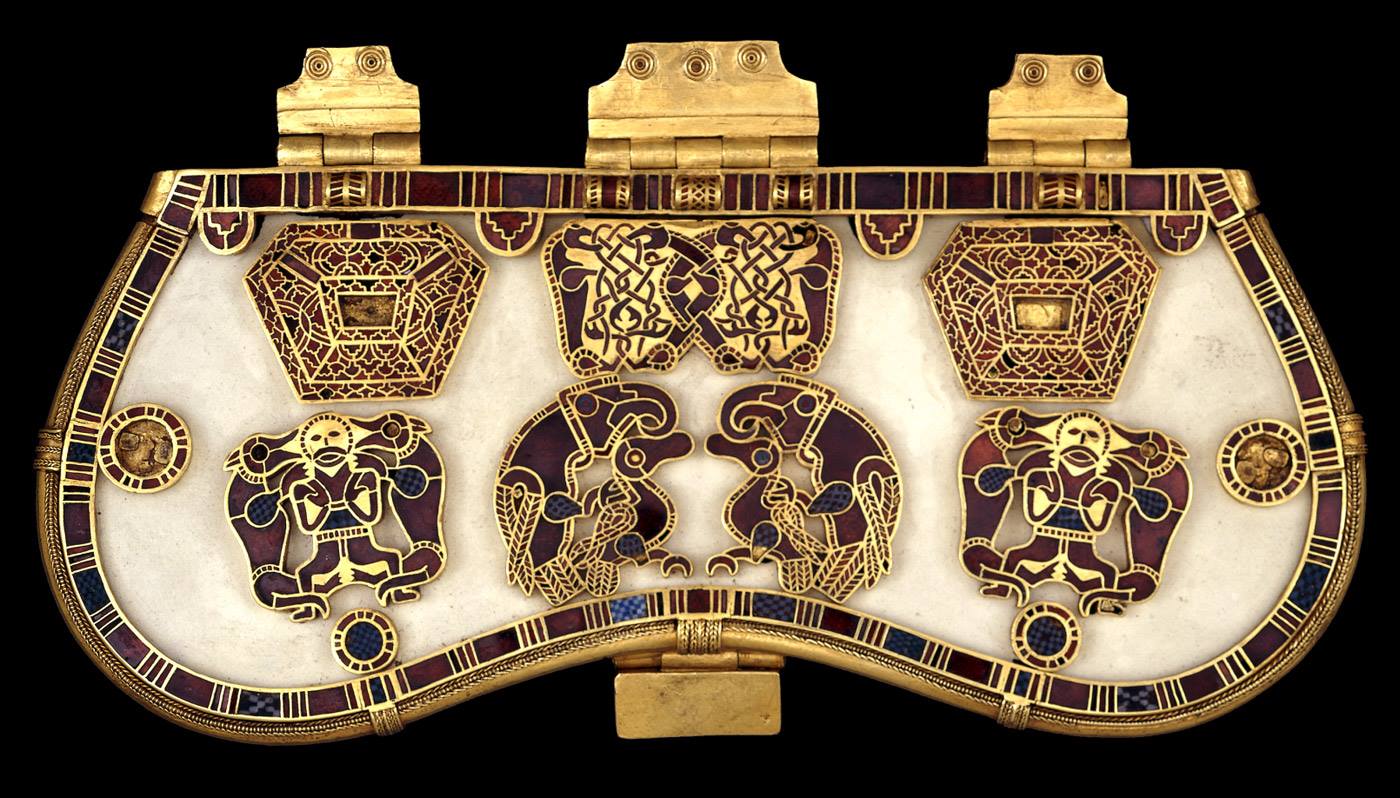The Image actually really shows the remains (not just the castings of the remaining cavities) of loves of Panis Quadratus, the bread people commonly used to eat.
The Panis Quadratus, also known as ‘panis plebeius,’ was a type of bread common in ancient Rome, widespread among all social classes. Made from wheat flour, water, yeast and salt, it was baked in wood-burning ovens and often incised with cross-shaped lines on the top, probably to facilitate division into portions. This bread was considered essential for the daily sustenance of the Romans, and its discovery in a perfect state of preservation offers an extraordinary window into daily life in ancient Pompeii.
The bread was found in one of the best preserved houses in the city, lying in an oven, as if it had just been baked. The eruption of Vesuvius, which buried Pompeii under metres of ash and lapilli, created a sort of time capsule, preserving this specimen of Panis Quadratus exceptionally well.
The archaeologists were astonished by the level of detail with which it was preserved: the incision lines on the crust, the rounded shape and even the weight remained almost unchanged.
[…]
The finding of this bread is not only an archaeological discovery, but a symbol of cultural and gastronomic continuity that has spanned the centuries.
Source and for more images further reading Etruria News (in Italian).
It’s toast.
Looks a little overdone.
At first read, I interpreted it as “Roman bread is still from Pompeii”. As if there’d been a worry that the origin would somehow change 😄
Just like mom and dad used to make.
I’m sorry, but you can’t stop me from trying to eat this.
honestly, could be a chocolate cake.
How…that thing is not rotted after years and years ?
Looks like it instantly became basically charcoal.



